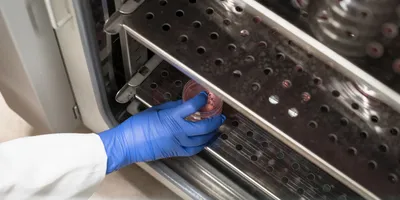Pipettes are an essential liquid handling tool in any lab. From basic micropipettes to electronic pipettes, there are a variety of types and volume ranges available to fit your exact needs. Advancements in technology have helped improve the accuracy and reproducibility of pipetting instruments. However, proper use and maintenance are still vital to getting the most out of your pipette. For a list of pipette manufacturers, see our online directory: LabManager.com/pipette-manufacturers
6 Questions to Ask When Buying a Pipette:
- Is the pipette ergonomic and comfortable to use?
- How easy is it to change the volume and is there a lock to prevent you from changing it accidentally?
- What volume ranges will you need for your application?
- What throughput do you require, and would a multi-channel pipette improve your efficiency?
- How complex are your protocols, and would an electronic pipette help you follow them?
- What maintenance and calibration options are available from the manufacturer?
Purchasing Tip
When evaluating pipette options, consider the benefits of a connected pipette. A connected pipette communicates wirelessly with an operating system that can remotely program the device. By moving to connected pipettes, scientists reap a list of benefits, such as a reduction in human error, increased traceability, and faster workflow. LabManager.com/PRG2022-connected-pipettes
Safety Tip
Using pipettes for long hours is associated with an increased risk of hand and shoulder ailments. To prevent strain or injuries, ensure that your wrist is relaxed—not extended, flexed, or rotated. Also, use an adjustable chair to achieve a good working posture that allows your feet to rest on the floor and provides enough leg space under the work surface.










